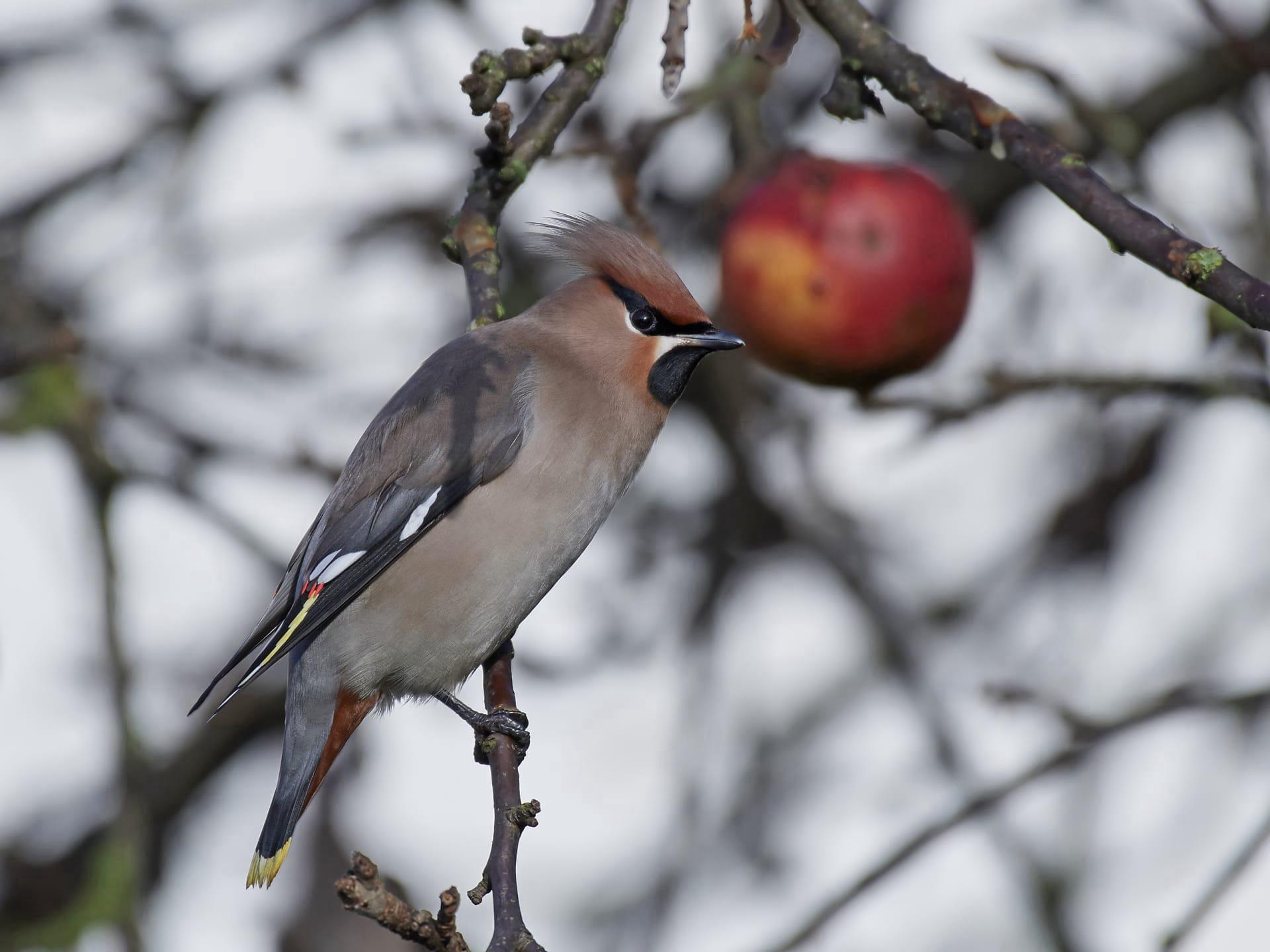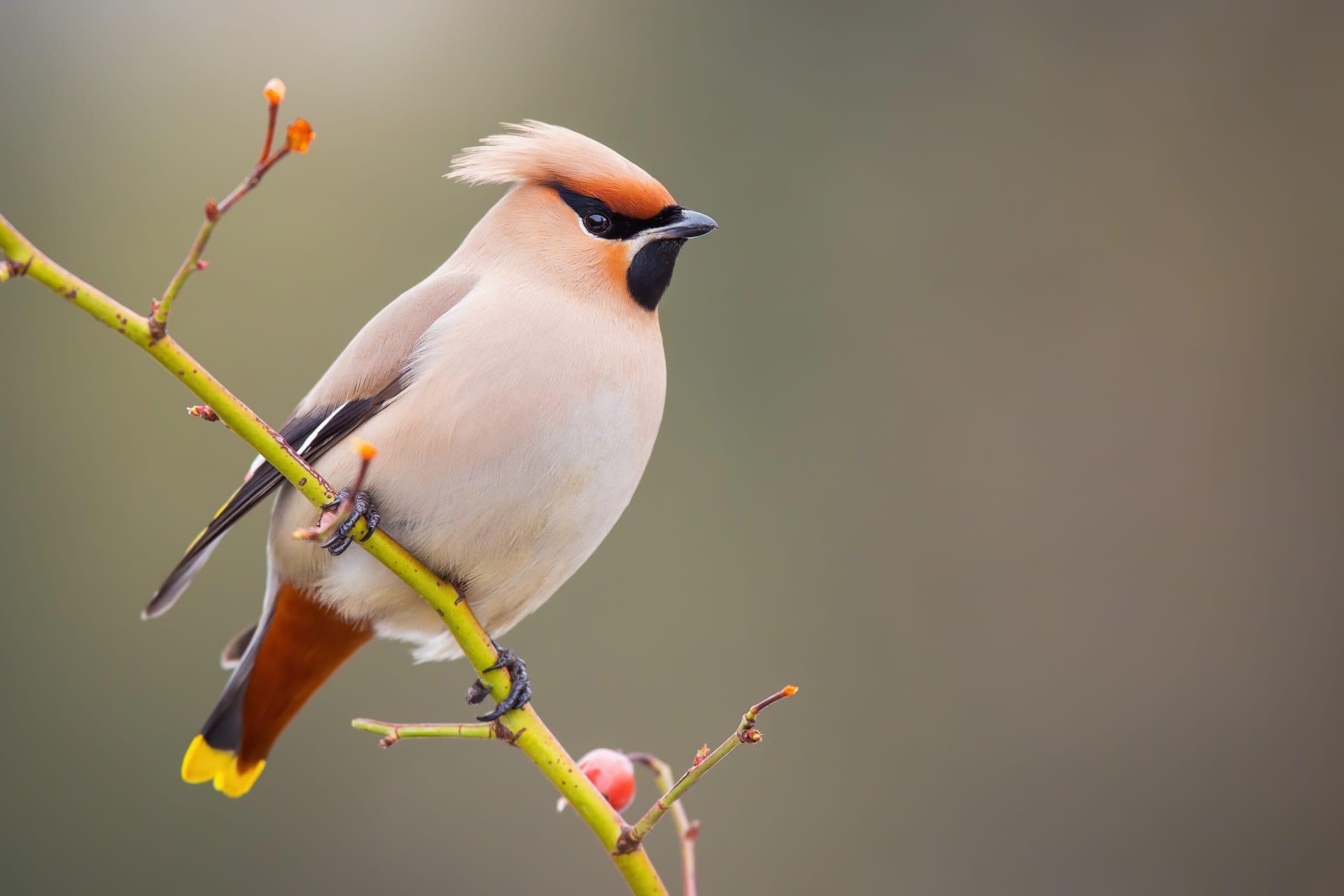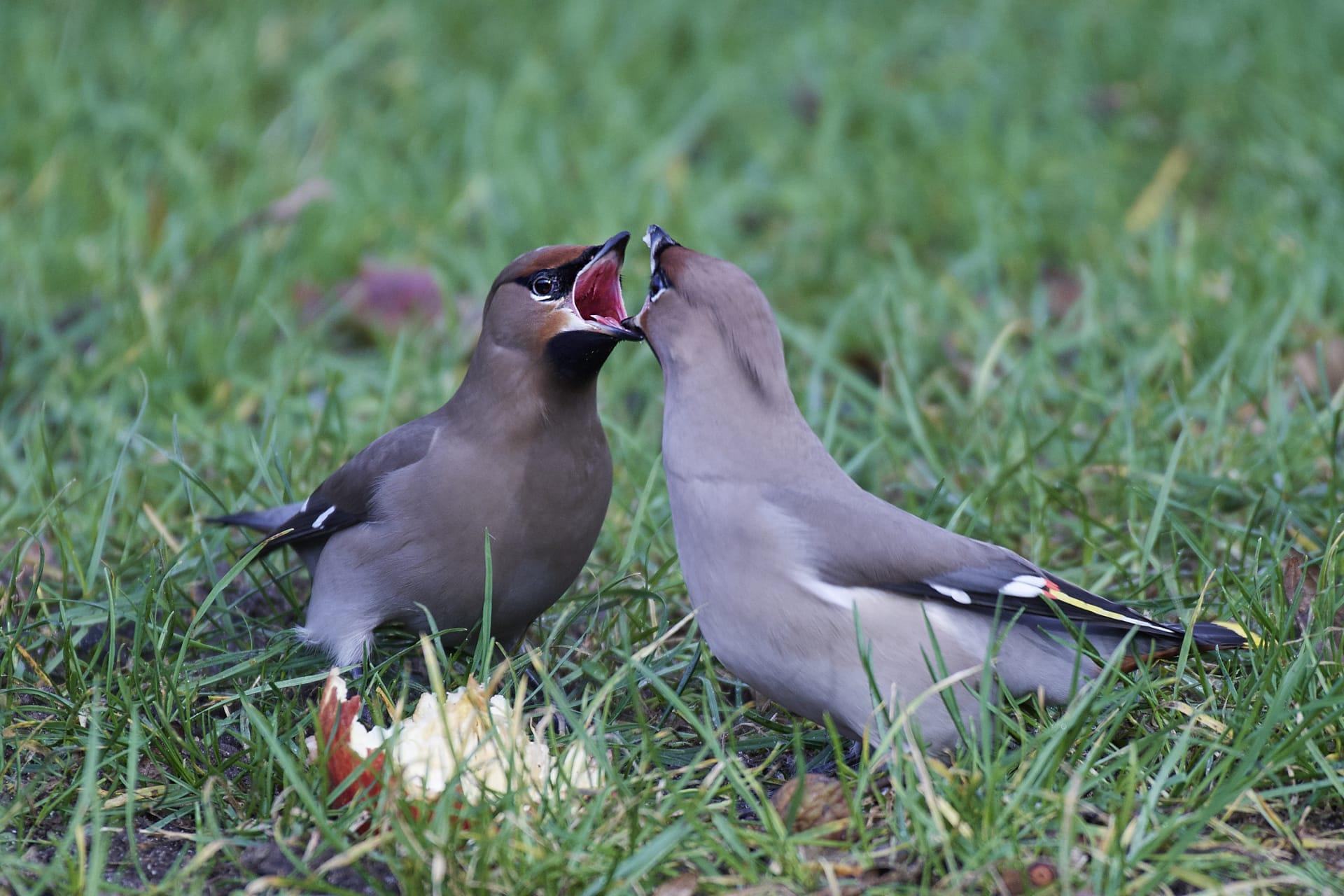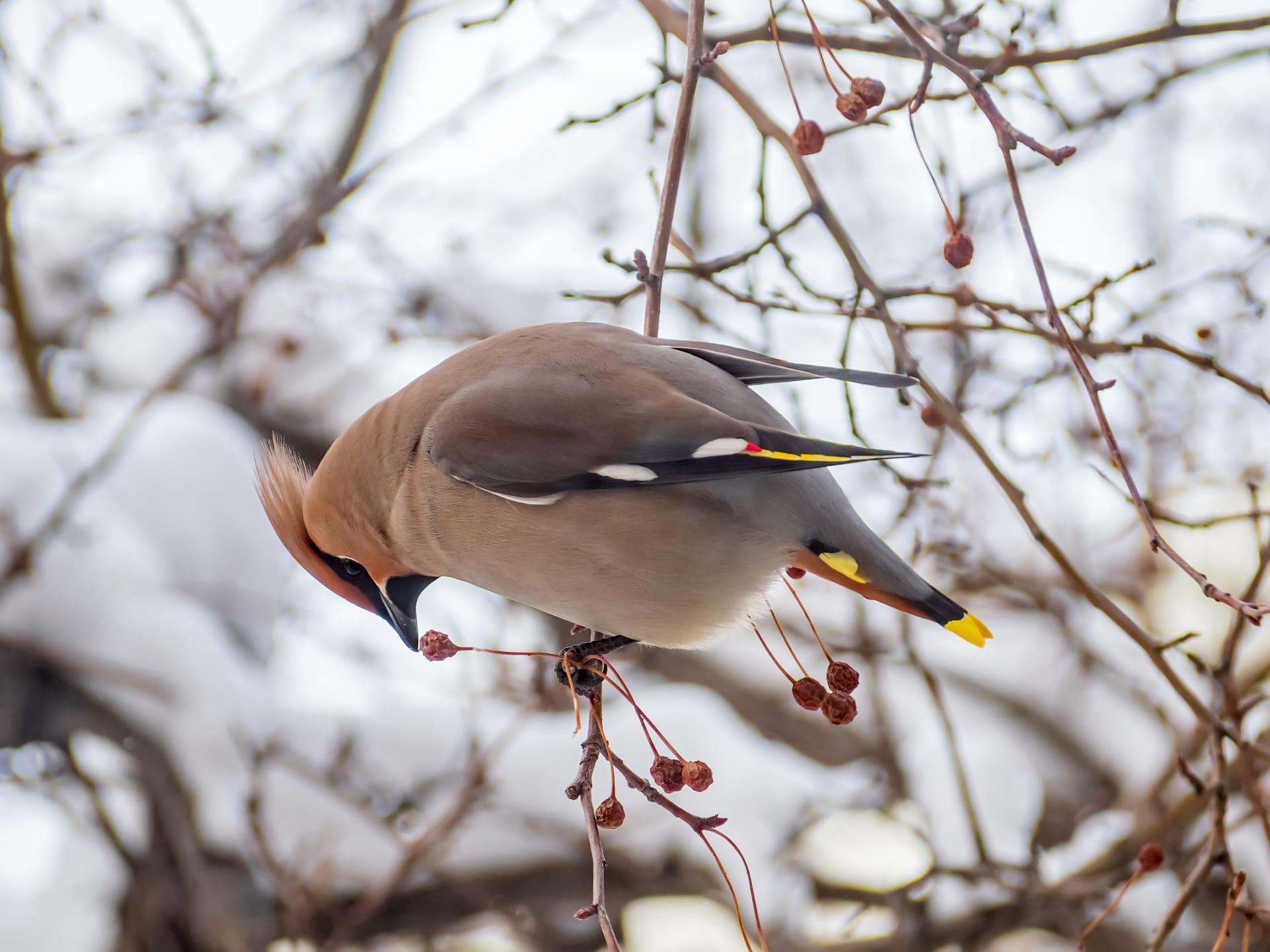Waxwing Characteristics
- Home /
- Mini Encyclopedia /
- Animal /
- Waxwing Characteristics
1
Waxwings are fascinating birds, identifiable by their medium size, typically around 6 to 7 inches in length. They weigh approximately 30 to 40 grams, which is about the weight of a deck of cards. Their lifespan in the wild averages around 6 years, though in captivity, they can live slightly longer. The most striking physical feature of waxwings is their unique, vibrant plumage. The wings, particularly, exhibit bright, waxy red tips, which are actually flattened feather shafts. These red tips look like sealing wax, giving the bird its name.
Speaking of special organs, the waxwing's crest is a notable feature. Unlike many other birds, the crest of a waxwing can be raised or lowered. This feature is not just for show; it's used in social interactions. During courtship or territorial displays, a waxwing will prominently raise its crest. This action is a visual signal to other waxwings, conveying messages from attraction to aggression. Additionally, the crest’s size and coloration play a role in mate selection, as birds with larger, more colorful crests are often more attractive to potential mates.

2
Question: Why do waxwings sometimes appear intoxicated or disoriented?
Answer: This unusual behavior in waxwings is typically linked to their diet. Waxwings are known for their love of fruit, particularly berries. However, in late winter or early spring, the berries they consume may have fermented, turning into a natural source of alcohol. When waxwings eat these fermented berries, they can indeed become intoxicated, leading to disoriented, tipsy behavior. This phenomenon is not unique to waxwings but is quite notable due to their particular fondness for berries.

3
Waxwings are agile flyers, characterized by their undulating flight pattern. This means they fly in a series of rises and falls, creating a wave-like motion in the air. Their flight speed is moderately fast, typically around 25 to 30 miles per hour. This unique flight pattern is not just for navigation; it's also a tactic to evade predators and to swoop down to catch insects in mid-air.
In terms of feeding habits, waxwings are primarily frugivores, meaning their diet consists largely of fruit. They are particularly fond of berries from various plants. Their feeding behavior is quite social; waxwings often feed in large flocks. They are also known for a unique trait called 'food passing,' where birds pass berries or fruit to each other in a line before the last one eats it. This behavior is thought to strengthen social bonds within the flock.

4
The waxwing inhabits a variety of environments, ranging from temperate to boreal forests. They are also commonly found in suburban areas with abundant fruit-bearing trees and shrubs. Waxwings are not very territorial, often wandering in search of food sources, which leads to their nomadic lifestyle. They are well adapted to cold climates, as seen in their range which extends into the northern parts of North America and Eurasia.
As for reproduction, waxwings are monogamous during breeding season. They nest in trees, often near water sources. The female builds the nest and lays about 3 to 5 eggs. Both parents take part in feeding the young. Interestingly, waxwings are known for their late breeding season, which coincides with the ripening of berries. This timing ensures an abundant food source for their chicks.

5
Book: "The World of the Waxwing" by Dr. Linda Kershaw, published in Canada in 1999. This book delves into the intriguing world of waxwings, exploring their unique behaviors, migration patterns, and diet. Dr. Kershaw's work is renowned for its detailed observations and captivating photographs, making it an excellent resource for both bird enthusiasts and researchers.
Book: "Berries and Waxwings: A Natural Partnership" by Jonathan Green, published in the United States in 2005. Green's book focuses on the symbiotic relationship between waxwings and berry-producing plants. It provides insights into the ecological importance of this relationship and discusses conservation efforts to protect the natural habitats of waxwings. The book is appreciated for its blend of scientific information and engaging narrative style.